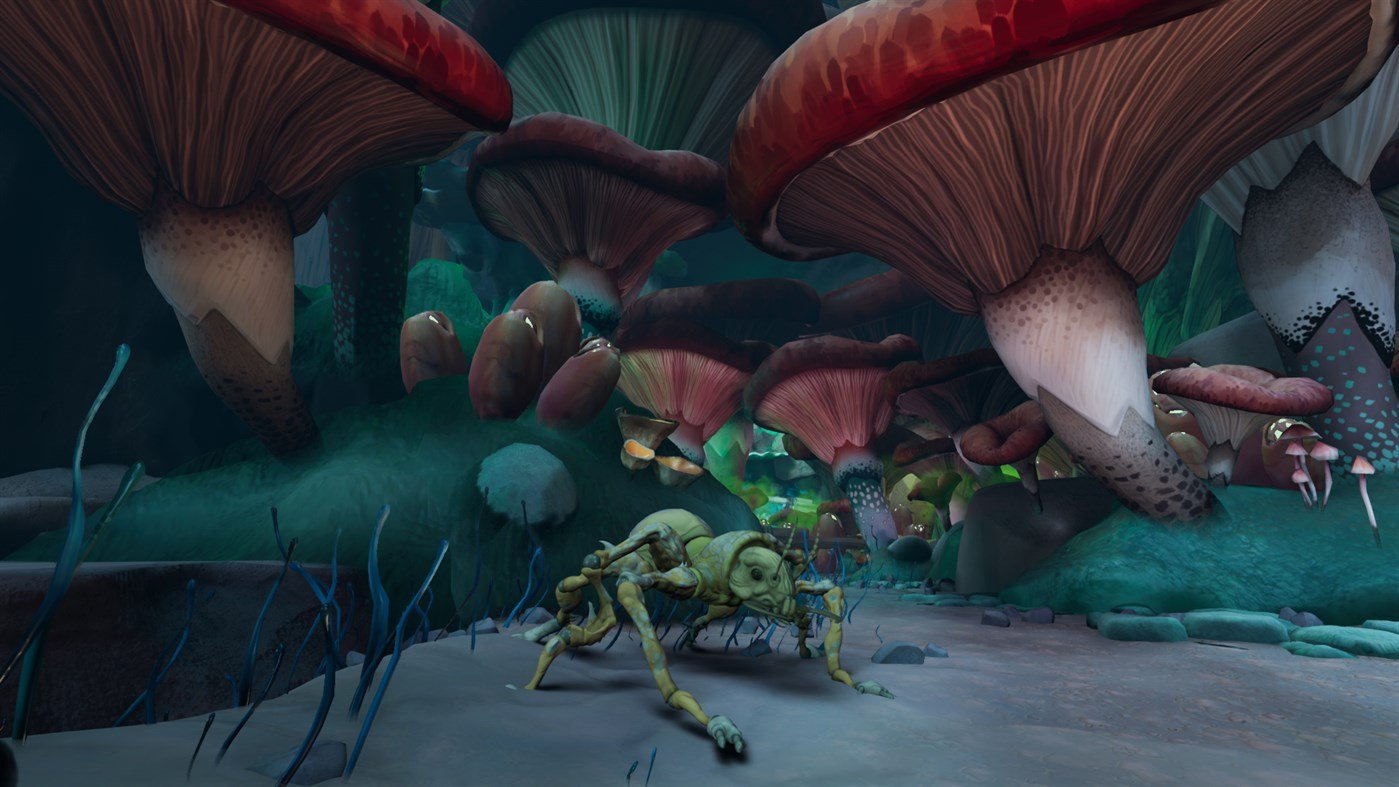
With Hegel, you can infer the streams of social and intellectual stimulus to have accumulated into the critical mass in his intuition to express as “The Metamorphosis, which Marx might discard as of the Moral and not the Material. If, in researching the zeitgeist of Kafka’s context containing the process of inspiration, Kafka, himself, reflected on the inspiration for The Metamorphosis, the remark would have satisfied both Marx’s requirement for existential substance, a material statement, as well as being a transparent element of the fabric of Kafka’s narrative. The questions offers the opportunity to describe the difference between the critical historic method of Dale Martin’s Yale lectures on the Bible, which is the ubiquitous post-modern historic deconstruction of dialectic Marxism and the critical literary method of Hegel. They are related to sand dollars, sea urchins and sea cucumbers.I can’t answer the specific question regarding Kafka’s inspiration for “The Metamorphosis”, but, as a Literature major, I know where to go to find out. While sometimes called starfish, sea stars are not true fish. Sea star: A type of sea creature that is usually shaped like a star.

Unlike lakes and streams, seawater - or ocean water - is salty. Sea: An ocean (or region that is part of an ocean). Metamorphosis: A dramatic change from one stage in an animal’s life history to the next, such as the process by which a tadpole becomes a frog or the changes that transform a caterpillar into a butterfly. There are hundreds of thousands of insects, which include bees, beetles, flies and moths. Insect: A type of arthropod that as an adult will have six segmented legs and three body parts: a head, thorax and abdomen. This is the first step in the development of a new organism." When an egg fuses with a sperm, they combine to produce a new cell, called a zygote. In humans and in many other animals, ovaries produce eggs. Some will, however, dine on other insects.Įgg: A reproductive cell that contains half of the genetic information necessary to form a complete organism. Somewhat wormy-shaped crawlers, caterpillars tend to eat leaves and other plant bits. Unlike reptiles, birds and mammals, unborn or unhatched amphibians do not develop in a special protective sac called an amniotic sac.Ĭaterpillar: The larval stage of moths and butterflies. Amphibians have backbones and can breathe through their skin.
#Metamorphosis full#
When amphibians called hellbenders go through metamorphosis, they grow lungs.Ĭheck out the full list of Scientists Say.Īmphibians: A group of animals that includes frogs, salamanders and caecilians.

Metamorphosis is also seen in sea dwellers such as sea stars, crabs and clams. Their gills also disappear and their lungs take over for breathing.

Those little swimmers later lose their tails and grow legs to hop around on land. Many amphibians go through metamorphosis, too. But for the most part, young crickets look mostly like small versions of adult crickets. Crickets, for instance, are born without wings. This total overhaul of the insect’s body is known as “complete metamorphosis.” Other insects go through “incomplete metamorphosis.” That process involves changes that are less radical. There, it grows wings and other adult body parts, emerging as a butterfly. That caterpillar later becomes enclosed in a chrysalis. When a butterfly egg hatches, a caterpillar emerges. Perhaps the most famous example is a butterfly.

This process is especially common in insects. This monarch caterpillar will undergo metamorphosis, transforming into a monarch butterfly like the one seen at the top of this page! Jasius/Getty Images


 0 kommentar(er)
0 kommentar(er)
